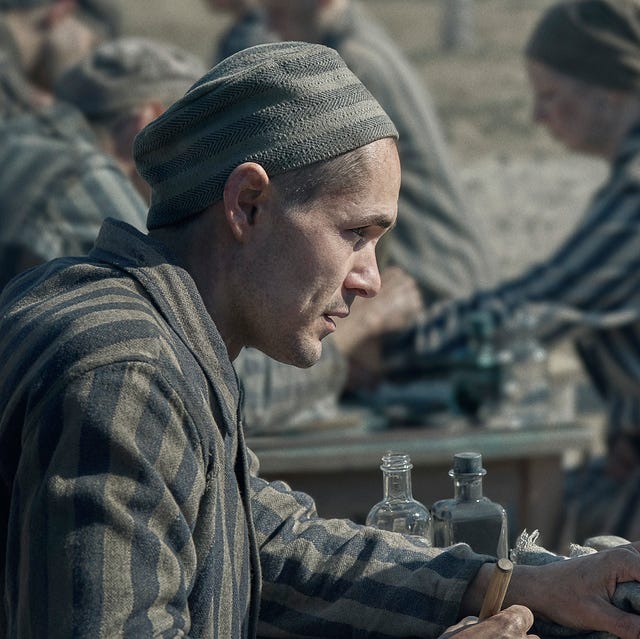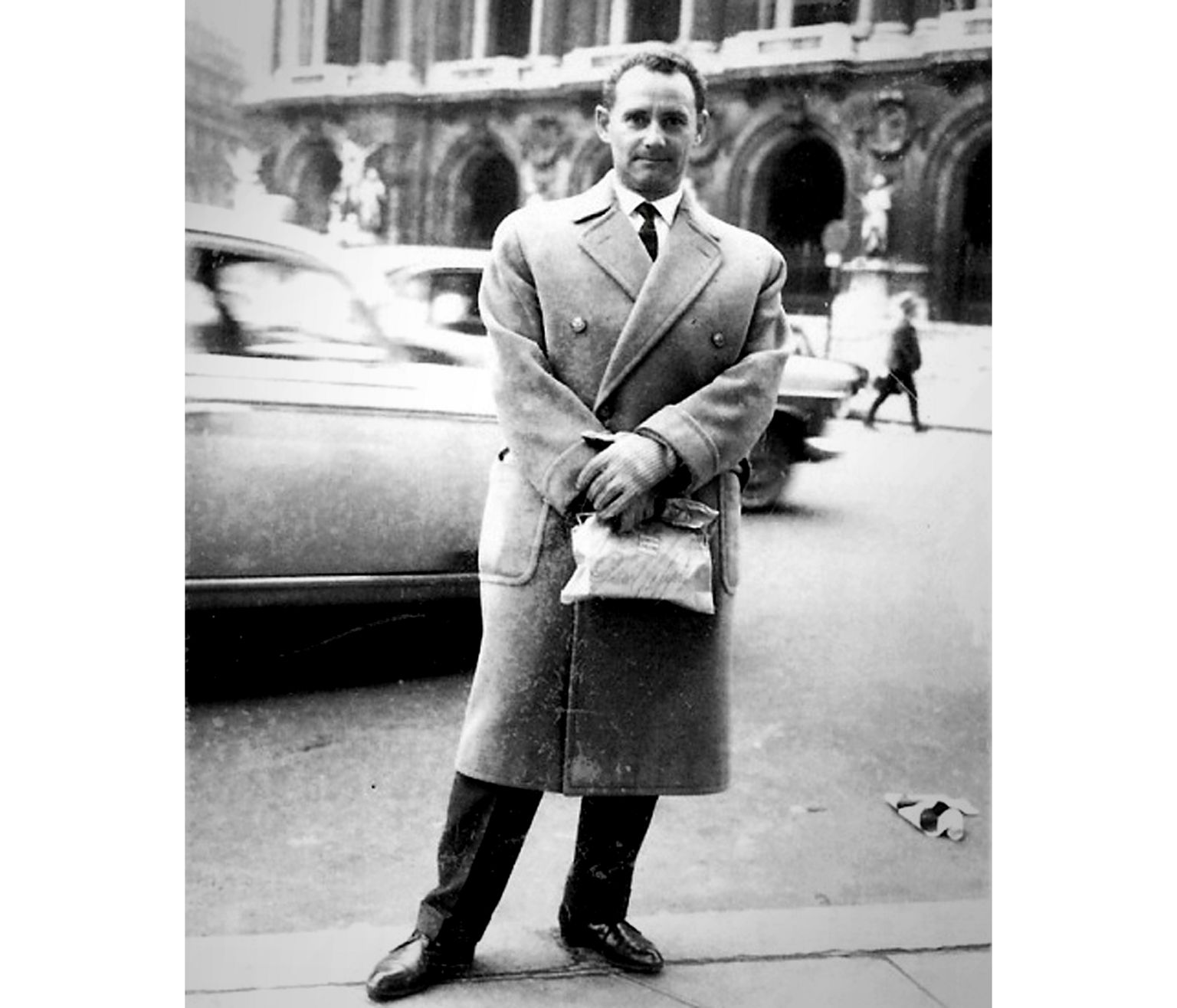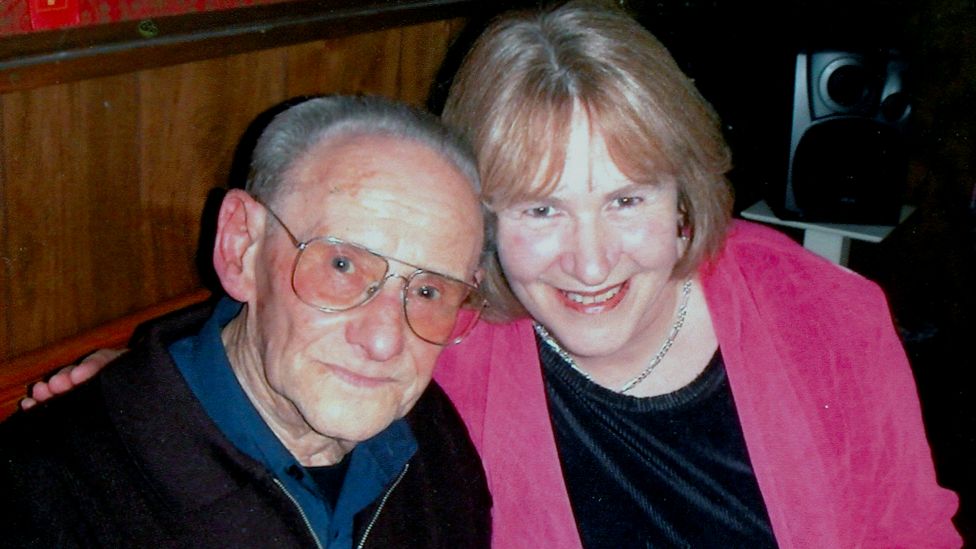There’s a story behind every scar, and for Lali Sokolov, it’s a tale of survival, resilience, and the power of humanity in the darkest of times. As the real-life inspiration behind the book "The Tattooist of Auschwitz," Lali’s journey is one that transcends the horrors of the Holocaust to reveal a man who found love, hope, and redemption amidst unimaginable suffering. His story is not just about survival—it’s about the strength of the human spirit.
When we think of the Holocaust, we often picture stories of tragedy, loss, and despair. But there’s another side to the story—one where love conquers hate, and humanity finds a way to prevail even in the most inhumane circumstances. Lali Sokolov’s life is proof that even in the face of unimaginable horrors, there’s still room for love, kindness, and hope. His story is one that continues to inspire millions around the world.
So, who exactly is Lali Sokolov? Beyond the pages of the book, beyond the headlines, beyond the history books, he’s a man whose legacy lives on through his courage, his love, and his unyielding determination to survive. This article dives deep into his life, the events that shaped him, and the impact he’s had on generations to come. Let’s explore the man behind the legend.
Read also:Carol Burnett Life Career And The Truth Behind The Rumors
Table of Contents
- Biography: The Life of Lali Sokolov
- Early Life and Background
- The Holocaust Experience: Auschwitz and Beyond
- Love in Auschwitz: A Story That Transcends Time
- The Tattooist of Auschwitz: The Book and Its Impact
- Lali Sokolov's Legacy: Inspiring Generations
- Historical Context: Understanding the Holocaust
- Survivor Stories: Lessons from Lali Sokolov
- Modern Relevance: Why Lali’s Story Matters Today
- Conclusion: The Man Behind the Tattooist of Auschwitz
Biography: The Life of Lali Sokolov
Lali Sokolov, born Ludwig "Lale" Sokolov, is a name that resonates deeply with anyone who has read "The Tattooist of Auschwitz." But who is this man, really? To truly understand his story, we need to go back to the beginning—to his early life, his experiences during the Holocaust, and the legacy he left behind. This section will give you a glimpse into the life of a man who became a symbol of hope in one of history’s darkest chapters.
Basic Information
Here’s a quick look at Lali Sokolov’s life in numbers:
| Full Name | Ludwig "Lale" Sokolov |
|---|---|
| Birthdate | 1922 |
| Place of Birth | Kroměříž, Czechoslovakia |
| Occupation | Tattooist at Auschwitz |
| Notable Achievement | Inspiration for "The Tattooist of Auschwitz" |
Early Life and Background
Lali Sokolov was born in Kroměříž, Czechoslovakia, in 1922. Before the war, his life was like that of any other young man—full of dreams and aspirations. He worked as a mechanic and was known for his charm and wit. But everything changed when World War II broke out, and the Nazis began their systematic persecution of Jewish people across Europe. Lali, like millions of others, found himself caught in the web of hatred and violence that defined the era.
His journey to Auschwitz began in 1942 when he was deported to the concentration camp. What happened next would change his life forever—and the lives of countless others. Lali’s early years set the stage for the incredible resilience he would display during the darkest moments of his life.
The Holocaust Experience: Auschwitz and Beyond
Life in Auschwitz was a nightmare that no one could have imagined. But for Lali Sokolov, it was also a place where he found a way to survive—and even thrive. As the tattooist of Auschwitz, Lali was tasked with tattooing numbers on the arms of prisoners. It was a job that came with privileges, but also with immense responsibility. He used his position to help others, sneaking food and medicine to those in need.
But it wasn’t just about survival. Lali’s experiences in Auschwitz were shaped by his interactions with other prisoners, guards, and even the SS officers. His ability to navigate the complex and dangerous world of the camp is a testament to his intelligence, resourcefulness, and sheer will to live.
Read also:Kat Kemps Life Partner The Story Behind Her Marriage
Key Events in Auschwitz
- Tattooing prisoners with identification numbers
- Using his position to help others survive
- Building relationships with fellow prisoners and guards
- Experiencing the horrors of daily life in the camp
Love in Auschwitz: A Story That Transcends Time
One of the most remarkable aspects of Lali Sokolov’s story is his relationship with Gita, the woman who became his wife. Their love story is one of the most poignant and powerful parts of "The Tattooist of Auschwitz." Despite the horrors surrounding them, Lali and Gita found love in the unlikeliest of places. Their relationship is a reminder that even in the darkest times, love can still bloom.
But their love wasn’t just about romance. It was about survival. Gita and Lali supported each other through the unimaginable hardships of Auschwitz, and their bond gave them strength. When they were finally reunited after the war, their love story became a symbol of hope and resilience for millions around the world.
The Tattooist of Auschwitz: The Book and Its Impact
The book "The Tattooist of Auschwitz" by Heather Morris brought Lali Sokolov’s story to a global audience. Based on interviews with Lali himself, the book is a powerful and moving account of his experiences during the Holocaust. It’s not just a story about survival—it’s a story about love, hope, and the human spirit.
Since its publication, the book has become a bestseller, translated into multiple languages and read by millions of people around the world. It’s a testament to the power of storytelling and the importance of remembering the past. Lali’s story continues to inspire readers of all ages, reminding us of the strength of the human spirit in the face of adversity.
Why the Book Matters
- It sheds light on the personal experiences of Holocaust survivors
- It highlights the importance of love and humanity in the darkest times
- It serves as a reminder of the horrors of the Holocaust and the need for remembrance
Lali Sokolov's Legacy: Inspiring Generations
Lali Sokolov’s legacy extends far beyond the pages of "The Tattooist of Auschwitz." His story continues to inspire people around the world, reminding us of the importance of resilience, love, and hope. Through his actions in Auschwitz and his life after the war, Lali demonstrated that even in the darkest times, there’s always a glimmer of light.
His legacy is also one of remembrance. By sharing his story, Lali ensures that the atrocities of the Holocaust are never forgotten. He reminds us of the importance of standing up against hatred and injustice, and of the power of humanity to overcome even the most unimaginable challenges.
How Lali’s Story Inspires
- It encourages people to stand up against hate and injustice
- It promotes the importance of remembrance and education about the Holocaust
- It inspires individuals to find hope and love even in the darkest times
Historical Context: Understanding the Holocaust
To truly understand Lali Sokolov’s story, it’s important to understand the historical context of the Holocaust. The Holocaust was one of the darkest periods in human history, during which six million Jewish people were systematically murdered by the Nazis. It was a time of unimaginable suffering, but also of incredible resilience and courage.
Lali’s experiences in Auschwitz are a microcosm of the larger story of the Holocaust. His story highlights the horrors of the concentration camps, but also the ways in which people found ways to survive and even thrive in the face of unimaginable adversity. Understanding the historical context of the Holocaust is essential to fully appreciating Lali’s story and its significance.
Key Facts About the Holocaust
- Six million Jewish people were murdered during the Holocaust
- Concentration camps like Auschwitz were designed for mass extermination
- Survivors like Lali Sokolov played a crucial role in sharing their stories and ensuring remembrance
Survivor Stories: Lessons from Lali Sokolov
Lali Sokolov’s story is just one of many survivor stories from the Holocaust. Each survivor’s experience is unique, but they all share common themes of resilience, courage, and hope. By learning from these stories, we can gain a deeper understanding of the human experience and the importance of standing up against hate and injustice.
Lali’s story teaches us that even in the darkest times, there’s always a glimmer of hope. It reminds us of the importance of love, humanity, and the power of the human spirit to overcome even the most unimaginable challenges.
Lessons from Survivor Stories
- The importance of resilience and courage in the face of adversity
- The power of love and humanity to overcome hate and injustice
- The need for remembrance and education to prevent future atrocities
Modern Relevance: Why Lali’s Story Matters Today
In a world that continues to grapple with issues of hate, injustice, and inequality, Lali Sokolov’s story is more relevant than ever. It serves as a reminder of the importance of standing up against hate and promoting love and humanity. By learning from Lali’s story, we can work towards a better future—one where the atrocities of the past are never repeated.
His story also highlights the importance of remembrance. In a world where the Holocaust is becoming a distant memory for many, it’s crucial that we continue to share these stories and educate future generations about the horrors of the past. Lali’s legacy is one of hope, resilience, and the enduring power of the human spirit.
Conclusion: The Man Behind the Tattooist of Auschwitz
Lali Sokolov’s story is one of survival, love, and hope. As the man behind "The Tattooist of Auschwitz," he continues to inspire millions around the world with his incredible journey. His legacy lives on through the book, through the lessons it teaches, and through the lives it touches.
So, what can we take away from Lali’s story? First and foremost, it’s a reminder of the strength of the human spirit in the face of adversity. It’s a testament to the power of love and humanity, even in the darkest times. And it’s a call to action—a call to stand up against hate, promote love and understanding, and work towards a better future for all.
As you reflect on Lali Sokolov’s story, consider how you can make a difference in your own life and in the lives of those around you. Share this article, leave a comment, or explore other stories of resilience and hope. Together, we can ensure that Lali’s legacy continues to inspire generations to come.


